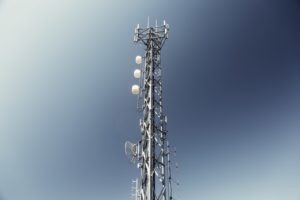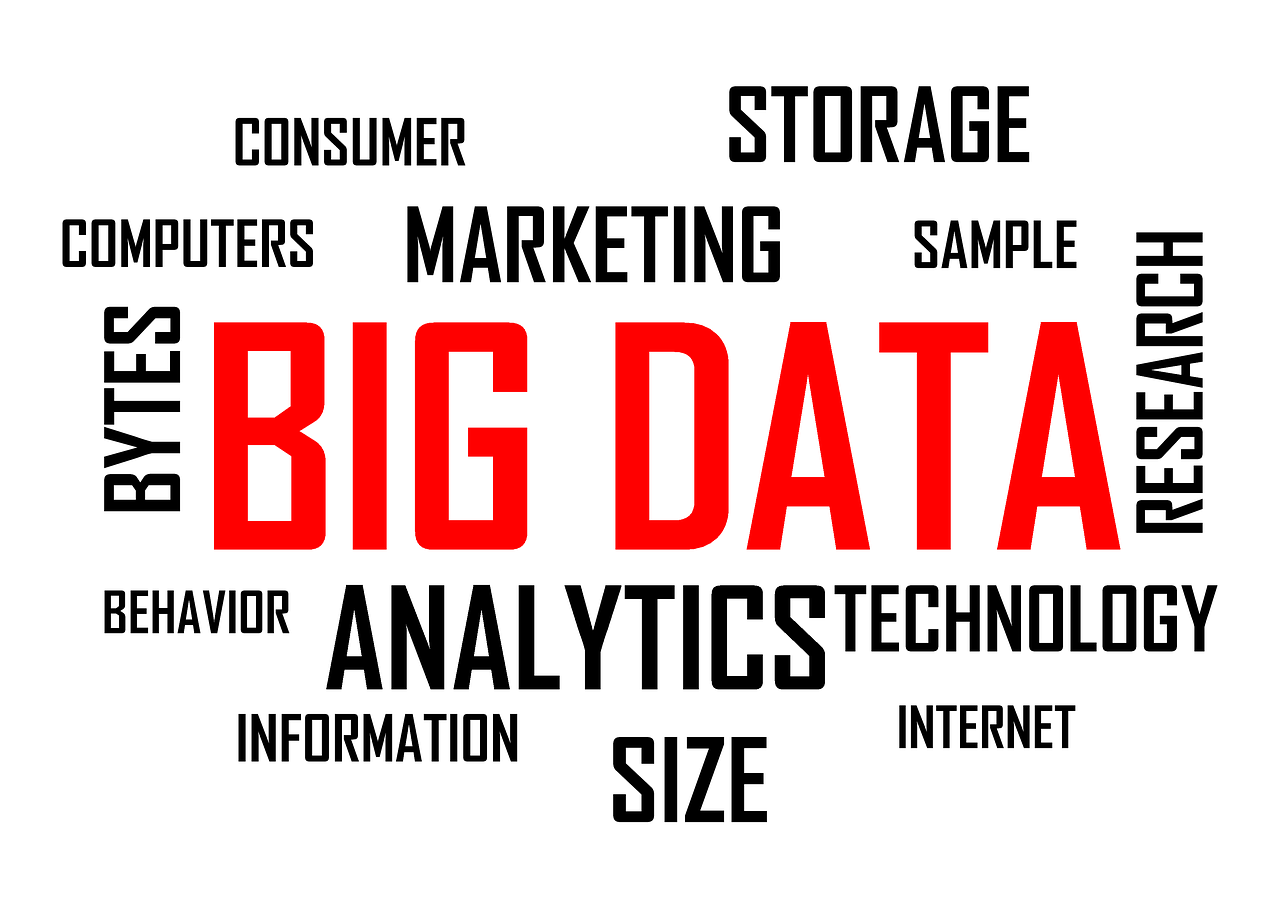Afghan Wireless Communications Company recently hosted a celebration in honor of World Telecommunication and Information Society Day. A crowd of some of Afghanistan’s most influential telecommunications leaders gathered at the Intercontinental Hotel for a ceremony marking the vital role that telecommunications and IT play in building a better future, both in Afghanistan and around the world.
 Attendees included Sayed Ahmad Shah Sadat, the technical deputy and acting Minister of Telecommunications; Dr. Mohammad Najib Azizi, a board director for the Afghanistan Telecom Regulatory Authority; and numerous government representatives, journalists, and employees of AWCC.
Attendees included Sayed Ahmad Shah Sadat, the technical deputy and acting Minister of Telecommunications; Dr. Mohammad Najib Azizi, a board director for the Afghanistan Telecom Regulatory Authority; and numerous government representatives, journalists, and employees of AWCC.
Celebrated annually on May 17, World Telecommunication and Information Society Day (WTISD) is an initiative of the International Telecommunication Union (ITU). Created to raise awareness of the economic and social possibilities of the internet and other information and communication technologies, WTISD is an opportunity for countries and people all around the world to explore critical themes related to communications and technology today.
The theme for WTISD 2017 was Big Data for Big Impact. This theme is a reflection of the potential of big data to be a powerful tool for development. It is also a testament to the fact that big data is far from just another technological fad, as many believed when big data first arrived on the scene. Indeed, big data is viewed by many experts as one of the main driving forces behind digital transformation today. As such, it’s an important concept for everyone, from tech insiders to the general public, to understand.
If you’re not quite sure what big data is or why it’s important, read on for a helpful overview of what big data means to us today.
How does big data work?
To understand how big data works, it’s important to first of all understand how big data is generated. In broad terms, any time we engage in any kind of online activity or action – from posting a video on YouTube to making a purchase using a credit card terminal, and from sending social media messages to looking up our location using a smartphone’s GPS system – we’re generating data.
In other words, all of these activities leave a kind of “digital footprint,” or a record of where we’ve been and what we’ve done online. Data can also be generated by machines, such as industrial machinery in factories or sensors in “smart” homes that control things like the heating and electrical systems.
The power of big data is based on the principle that the more information we have about a particular thing or situation, the easier it becomes to gain new insight into that situation and to make accurate predictions about what is likely to happen in the future. To help us accomplish this, we use technological tools to sift and sort through all the data generated (as described above) by hundreds of millions of people and machines, looking for connections or patterns. When we find these insights, they can help us address and solve all kinds of problems.
What can big data be used for?
Big data is at work in almost every field imaginable. Today, big data is helping us to:
Cure and prevent diseases: Analyzing huge numbers of medical records and images can reveal patterns that lead to earlier diagnosis of disease, as well as the development of new treatments.
 Increase the food supply: Big data can help farmers around the world improve their crop yields, make the best use possible of their machines and equipment, and decrease the amount of pollutants that agricultural activities release into the environment.
Increase the food supply: Big data can help farmers around the world improve their crop yields, make the best use possible of their machines and equipment, and decrease the amount of pollutants that agricultural activities release into the environment.
Explore space: Big data helps organizations like NASA to model all potential outcomes for its missions, such as the Mars Rover.
Develop disaster response plans: Data from geological sensors can help us predict the location and severity of potential natural disasters like earthquakes. Just as importantly, data on human behavior patterns can give us insight into the most effective way for aid and relief organizations to help and support survivors.
Prevent crime: Data-driven strategies, using data from internal and public sources alike, can help police around the world deploy their resources as efficiently as possible.
Make life easier: Big data is also helping us make the little things in life more convenient. Thanks to big data, it’s easier to perform everyday tasks like shopping online, booking travel or accommodation for a holiday, or finding a new movie to watch.
What are some of big data’s issues?
The growing scope of big data is not without questions and concerns. A few of the most pressing issues associated with big data include:
Data privacy: The data that we generate contains a great deal of sensitive information, from details about our finances to who our friends are. What is the line between using this data to drive new innovations and the ability to keep personal information private?
Data security: Even when we allow certain entities to access our data, there is always the risk that a breach will lead to unauthorized data access and use. Can we trust those in charge of our data to keep it safe?

